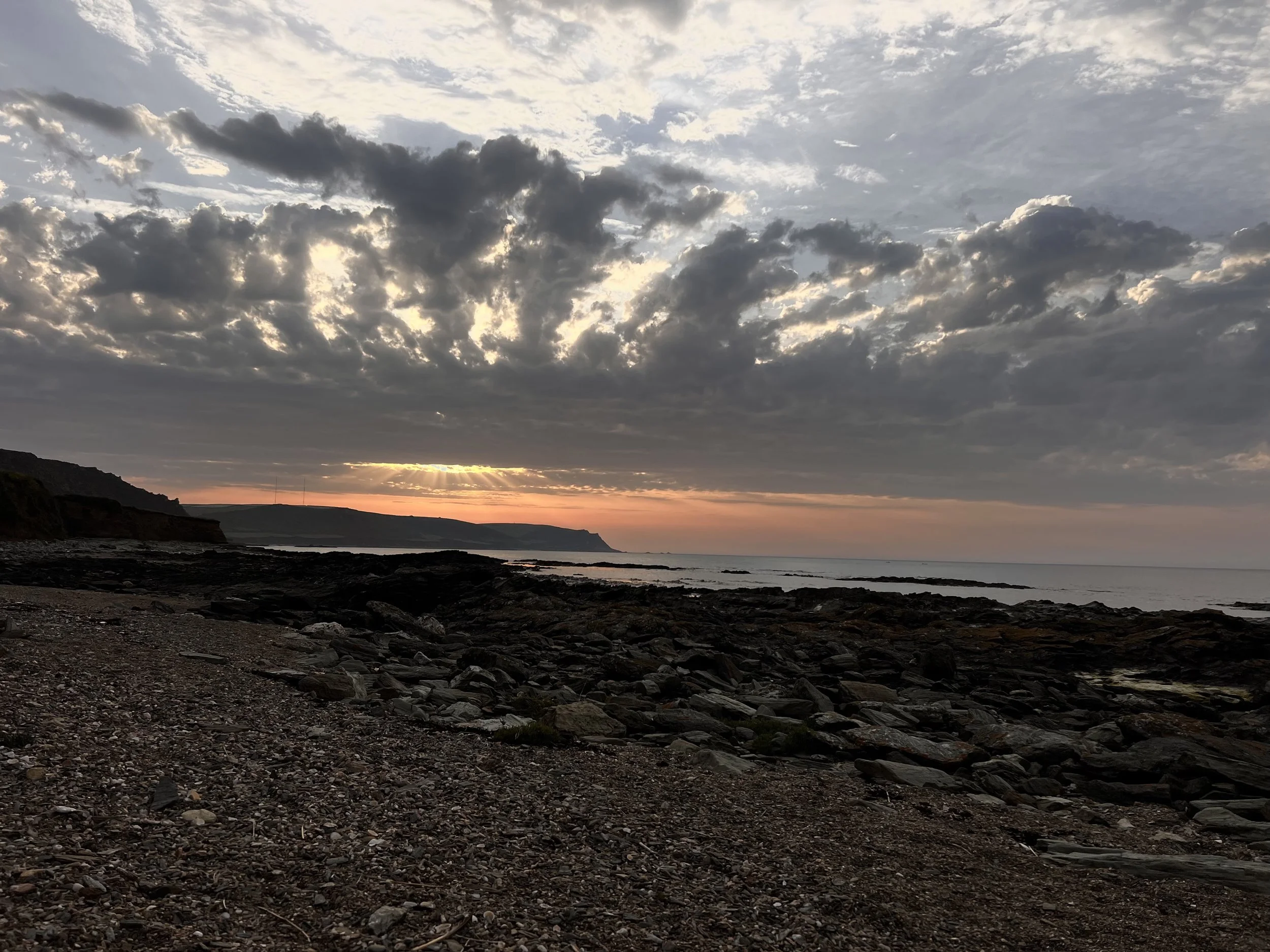Deep Brain Reorienting
DBR is a new type of psychotherapy that is evolving the trauma field as clients experience processing that feels anchored and manageable rather than overwhelming. It has been developed by Dr. Frank Corrigan, a Scottish psychiatrist with extensive clinical research on the neurobiology of trauma. I have the honour of being trained by him.
The transformational theory and practice of Deep Brain Reorienting (DBR) lies in its focus on a critical moment most approaches miss. It is a trauma therapy that focuses on the very first moments of a traumatic response—specifically, the milliseconds of brainstem "shock" that occur before defensive reactions (like fight, flight, freeze or collapse) and emotions (like fear, shame, or rage) arise. Unlike many traditional trauma therapies that may overlook this critical moment of shock, DBR focuses on the clearing of this shock, often with high energy impacts coming from the brain stem and showing up in the body.
You might want to try DBR if you:
-Are interested in a body up approach that does not prioritise having to remember events in detail.
- If you have a scarcity of memories or would prefer not to talk about them out loud.
-If your body feels persistently braced or tense, you feel numb or disconnected from yourself and the world around you.
-Notice that you suffer with rumination, dissociation, or have strong fight, flight, freeze episodes.
-Have found other trauma therapies helpful and are interested to continue your developments.
-Have found other therapies overwhelming or not effective.
Often an overwhelming event can compound a sense of pain, may leave one with a long term sense of mistrust, vigilance, insomnia, anxiety or depression. We turn away from an event, or the bad news that felt intolerable, quite literally in the deep brain regions. DBR offers us the capacity to fully process, the brain stem does the “work”, not upper levels of the brain.
We do things carefully and take our time with it. This happens with full collaboration with you, so that it gives pain the chance to clear and resolve. A new perspective of yourself may emerge at the end of a session, small shifts, a change in the capacity for a sense of well-being, giving hope for eventual change.
A DBR session follows a physiological sequence
DBR is collaborative, non-invasive, and does not require retelling past trauma in detail. Instead, it helps clients process specific triggering moments slowly and safely, restoring the body's natural vitality and promoting healing from PTSD, anxiety, depression and dissociation by working with the brain’s own inherent healing mechanisms. It is a transformational rather than counteractive therapy. The work requires presence, and attention to the specific slowing down of the brainstem sequence. This leads to processing the trauma at a physiological level and to embodied shifts, as long-held shock and the deep brain’s response is cleared.
See here for more info about the DBR model
DBR is a neuroscience-based treatment for PTSD see here for more information about significant clinical trials 2023 After 8 DBR sessions, clients had a significant reduction of PTSD symptoms.
Image below— summer solstice 5.56am Devon UK 2025
